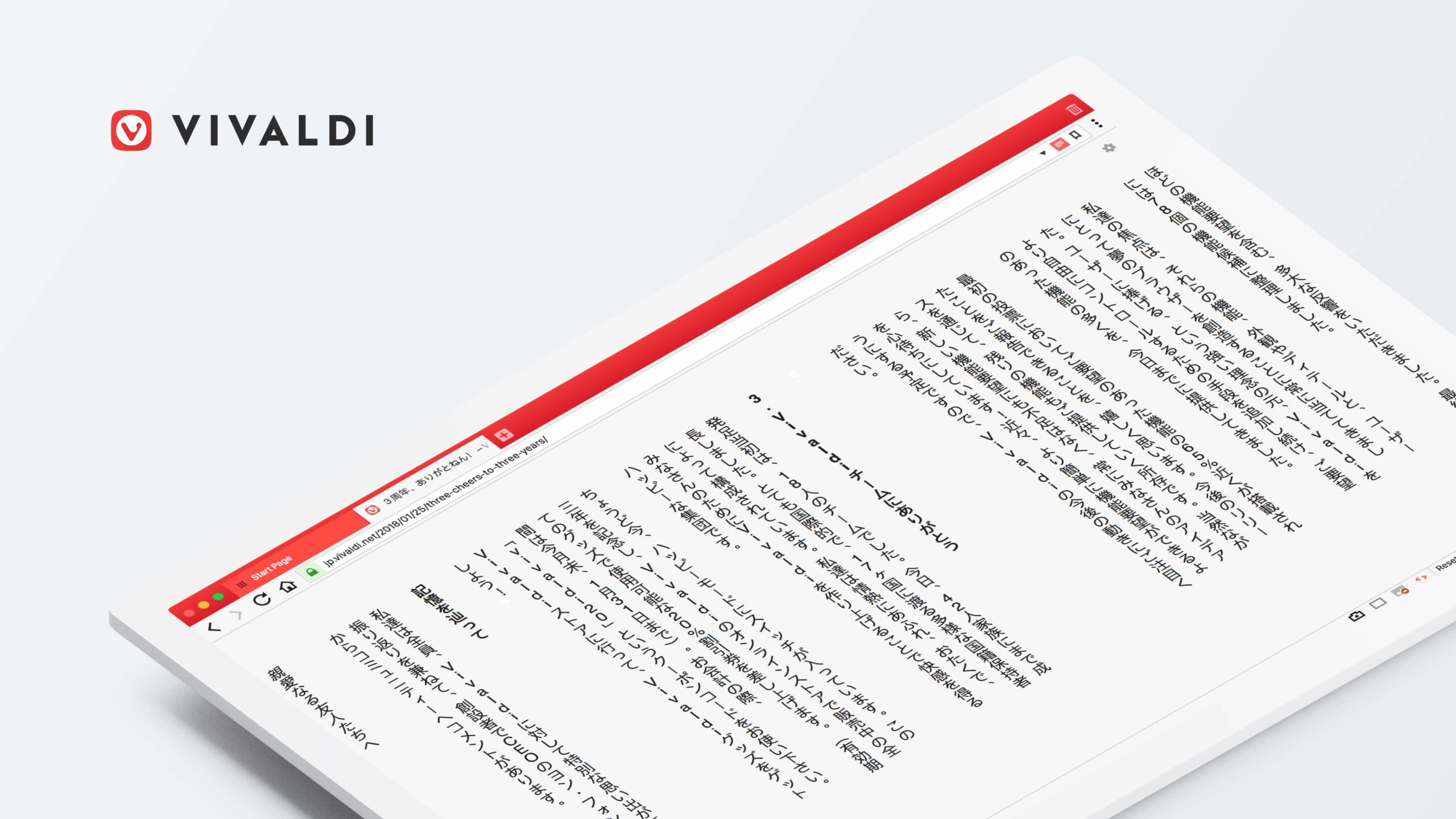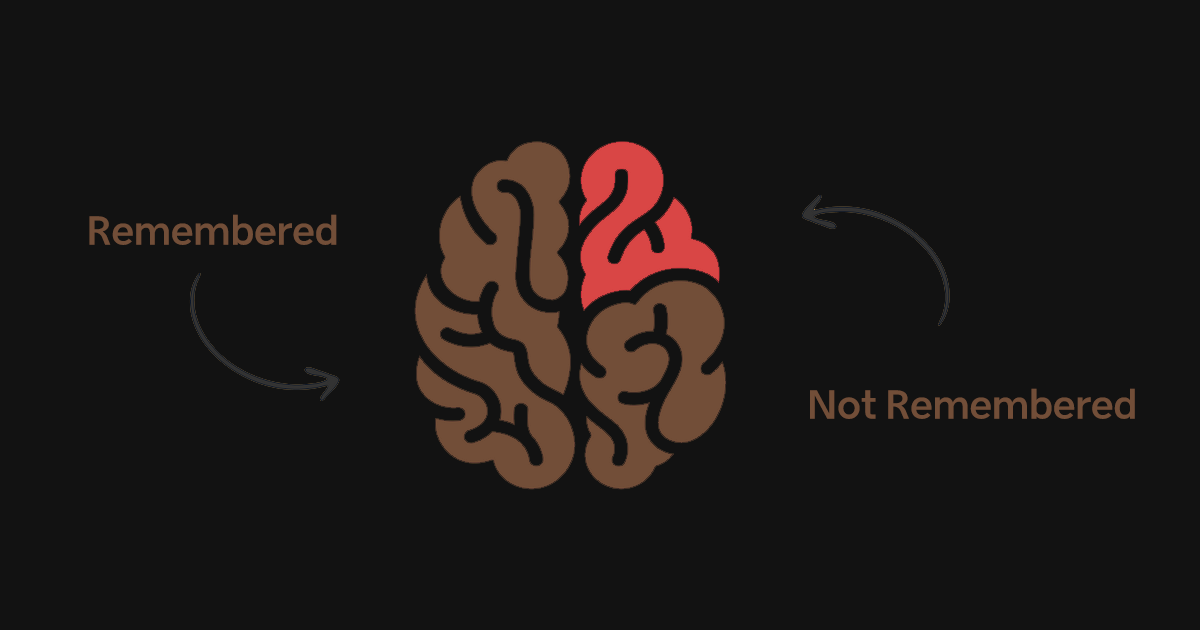
Vivaldi has launched version 1.14, celebrating its third anniversary since the browser’s first public technical preview. With this update, Vivaldi becomes the first browser to introduce a vertical reader mode. This version also includes Markdown support for Notes, rearrangeable Web Panels, and the ability to reorder search engines.
Founded by the founder of Opera Software, Jon von Tetzchner, the vivaldi.com browser allows you to do things your way online.
Vertical reader mode
The Vivaldi browser is the first browser to support a vertical Reader View. This feature reflects the priority on users’ individual needs that have driven innovation at Vivaldi over the last three years.
With Vivaldi’s Reader View, users can access content and enjoy a clutter-free reading environment. They can change the font, adjust the line height, column width, and switch to the dark or light background while in Reader View.
With the introduction of vertical reader mode in this release, Vivaldi caters to users of Chinese (simplified and traditional), Japanese and Korean languages. A vertical display is one of the default ways to view the written text in these languages. Users can now read texts in these languages comfortably with no distracting page elements. They can choose their reading preference by accessing Webpages in the Settings and clicking on vertical text direction.
“The needs of our users come first, no matter where they live or what language they read, write, or speak. The vertical reader mode gives them more flexibility to access content on the Web on their terms,” says Jon von Tetzchner. “We are confident that with this unique feature, users of the East Asian languages all across the globe will have yet another reason to choose Vivaldi.”
Markdown support to Notes
With each release, Vivaldi improves its differentiating features without relying on add-ons. Notes are among the most popular features, along with Tabs Stacks, Tab Tiling, and an extensive History function. Users can create notes in the browser’s sidebar, annotating websites and attaching screenshots while they browse.
In 1.14, the note-taking feature gets an upgrade with Markdown support, a natural and intuitive way of applying to format used by many sites, including GitHub and Reddit.
Users can now add formatting like headers, bolding and bulleted lists to their notes while surfing the web. This is a great way to organize notes, compose emails, to-do lists, and more. In addition to markdown formatting, they can also use this option to preview simple HTML.
Markdown support is useful from a productivity standpoint because it helps users – particularly bloggers, journalists, and researchers – to quickly and instantly format text. With this addition, users can use Notes to write longer emails, novels, and pretty much all other types of text documents.
Rearrangeable Web Panels
Taking cues from its community and improving the existing features have been a focal point of Vivaldi. One of Vivaldi’s signature features, Web Panels, has been greatly improved.
With Web Panels, individual websites can be added to Vivaldi’s side panels to browse alongside the main browser window. It is a great way of quickly browsing social media or news sites without switching tabs. Users can even adjust widths for different web panels, which gives them greater flexibility over how the content is presented.
In version 1.14, users now get the ability to reorganize and customize the Web Panels’ position in the sidebar of the browser. They can prioritize their choice of web pages on the fly to make their browsing even more interactive and convenient.
Reorder search engines
Vivaldi puts its users in full control to search the web the way they like. They can set their default search engine or select various alternatives such as the privacy-friendly DuckDuckGo and eco-conscious Ecosia. A new search engine can even be added instantly with a right-click, improving workflow and efficiency.
The latest version brings in a highly requested option to Vivaldi’s search functionality, adding more flexibility. Many users have requested the ability to rearrange their search engines.
With the new list layout, they can drag-n-drop (or use their keyboard) search engines in the order they want, with ease.
“Over the last three years, Vivaldi has introduced a series of novel features and customization options that keep our users productive, inspired, and engaged on the Web,” says Jon von Tetzchner. “We are trying to capture our users’ imaginations and focus on giving them multiple ways of accessing their favorite features so that they can browse exactly the way they want to.”



